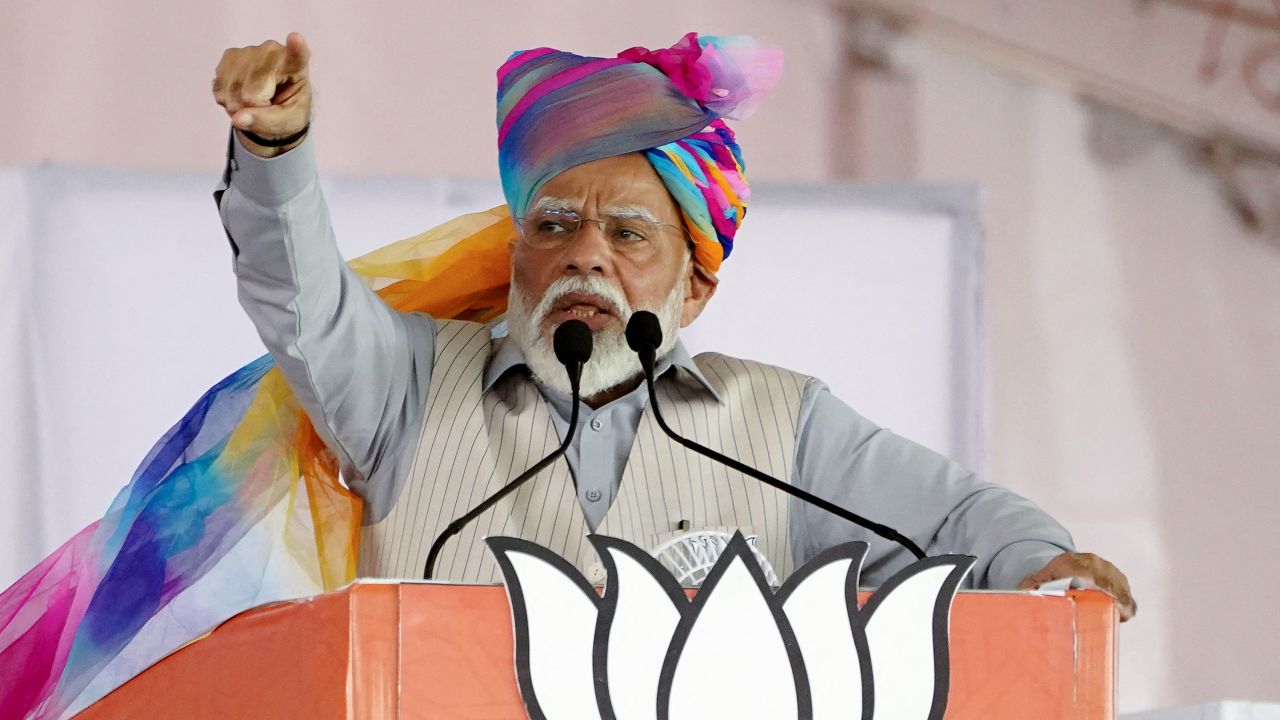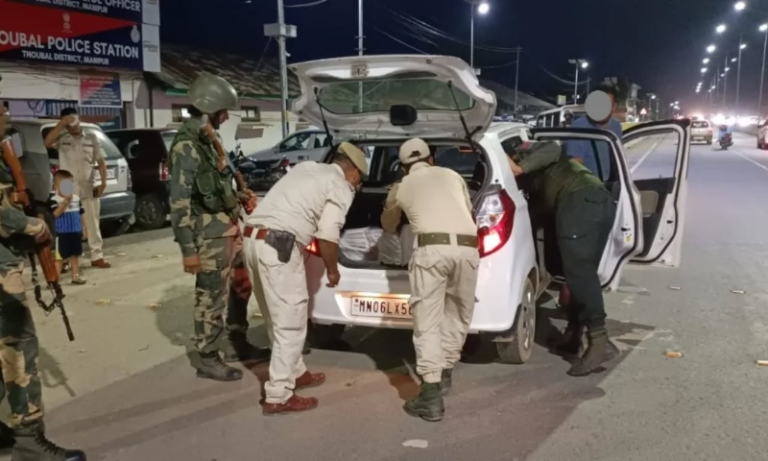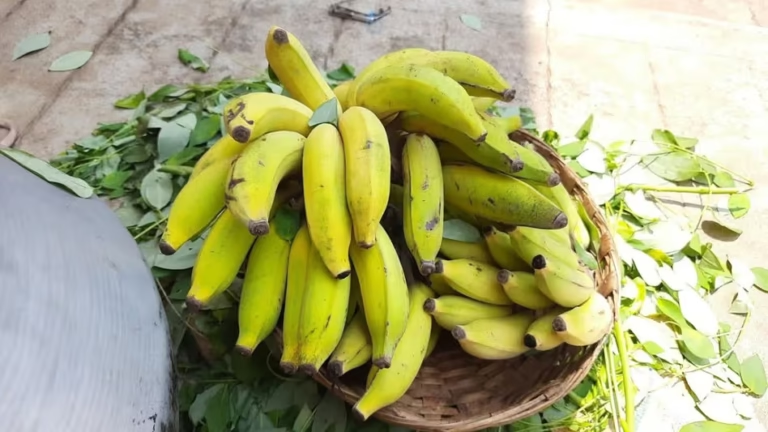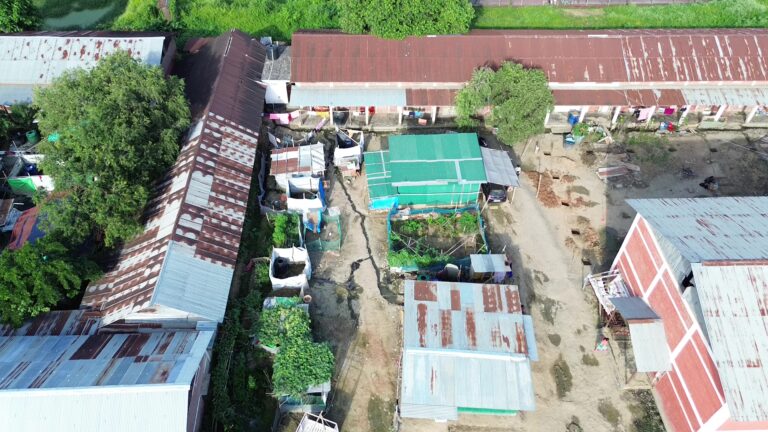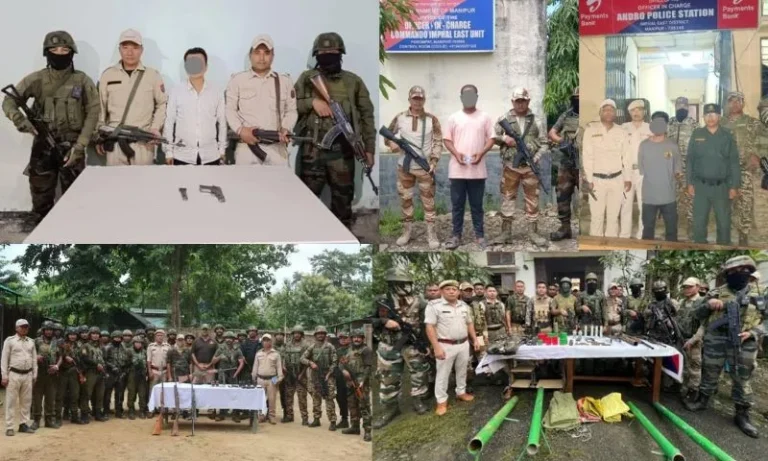PM Modi to Meet Violence-hit Families in Churachandpur Before Kangla Address in Imphal
Prime Minister Narendra Modi’s itinerary for his Manipur visit has been finalised: he will begin in Churachandpur, where he is scheduled to meet families affected by the ethnic violence, and then travel to Imphal to address a public gathering at Kangla Fort.
Officials say the PM will lay foundation stones for development projects worth about ₹7,300 crore and inaugurate projects worth about ₹1,200 crore, signalling a combined package of roughly ₹8,500 crore for the state.
The visit — Mr. Modi’s first trip to Manipur since the ethnic clashes started more than two years ago — comes with heavy local preparations and heightened expectations.
Imphal has been spruced up with billboards, welcome gates and wooden barricades along the route from the airport to Kangla Fort as officials ready security and logistics for the high-profile visit.
The trip unfolds against the grim backdrop of the 2023–onward violence that has claimed more than 260 lives and displaced thousands of people, which is why many will be watching closely to see whether the visit prioritises relief and reconciliation over mere optics.
The itinerary and the symbolism: Churachandpur first, Kangla next
Let’s walk the route. The PM will start in Churachandpur — a hill-district town that saw extensive violence, displacement and damage — and meet families affected by the unrest there. From Churachandpur he will travel to Imphal and address the public at Kangla Fort, a place heavy with historical and cultural significance for Manipur.
Why start in Churachandpur? The choice is deliberate and politically loaded. Churachandpur is in the hill belt, home to large tribal (Kuki-Zo) populations that were among those worst hit by the violence. A visit there signals an intention to directly engage with victims and to show that central attention is being paid to the hill districts — not just the valley political centers. Meeting displaced families before a public address also sends a message: listen first, speak later. That is, at least in optics, the right order if the goal is to project empathy.
Then Kangla: staging the public address at the historic Kangla Fort in Imphal is about national-stage theatre. Kangla is near the heart of the valley and the state’s cultural core — it’s where national imagery and local identity converge. The PM’s address there is meant to connect the national leadership with the valley population and to make the visit visible on the national news cycle.
So the itinerary tries to balance symbolism with outreach — but balance is fragile. If Churachandpur’s families feel their meeting is brief or scripted, the symbolic benefit dissolves. The proof will be in the substance of what is heard and promised in Churachandpur — and what follows after cameras leave.
The money headlines: ₹7,300 crore in foundation stones + ₹1,200 crore inaugurations — what that can (and can’t) do
The state has unveiled a package in two parts: projects worth ₹1,200 crore to be inaugurated, and projects worth ₹7,300 crore for which foundation stones will be laid. That adds to roughly ₹8,500 crore on banners and hoardings across Imphal.
Hold that number in your head, but don’t be dazzled. There’s a practical difference between inaugurating completed works and laying the first stone of a project:
- Inaugurations (₹1,200 crore): These are supposed to be completed or near-complete projects — things people can see, enter, use. Hospitals, road upgrades, water supply projects and built facilities fall here. They generate immediate visible value — if they’re genuinely complete and functional.
- Foundation stones (₹7,300 crore): These are commitments. They signal intent and allocation, but implementation still needs procurement, land clearances, contractor mobilisation and time. They’re plans, not outcomes.
Meeting victims: what displaced families will likely demand — and why it matters
When the PM meets displaced families in Churachandpur, what will they ask for? From many such meetings across India, you can predict the top demands:
- Immediate relief and shelter — temporary accommodations, ration support, cash assistance.
- Rehabilitation and housing — clear timelines for permanent housing, land allotments, or compensation for lost property.
- Livelihood support — cash-for-work, skill training, and agricultural or micro-enterprise support so families can rebuild incomes.
- Justice and security assurances — investigations into violent episodes, guarantees of safety if families return home, and local policing that protects minority rights.
- Transparent beneficiary lists — detailed rosters showing who will receive aid and when, to reduce suspicion and conflict over allocations.
FAQs
Q1: Where will the Prime Minister visit first in Manipur and why is that significant?
A1: He will begin in Churachandpur, where he will meet families affected by ethnic violence — a significant choice because Churachandpur is part of the hill belt that suffered extensive displacement and damage. Meeting victims first is symbolically important and signals an intent to prioritise affected communities.
Q2: How much money is being announced during the PM’s visit and in what form?
A2: State banners and officials indicate that the PM will inaugurate projects worth ₹1,200 crore and lay foundation stones for projects worth ₹7,300 crore, totalling approximately ₹8,500 crore. The inaugural amounts are typically for completed works, while foundation stones represent new projects that require implementation.
Q3: Will the PM meet displaced families personally? What will they ask for?
A3: Yes — reports say he will meet displaced families in Churachandpur. Families will likely request immediate relief, housing timelines, livelihood support, security assurances and transparent beneficiary lists. They’ll judge success by the speed and clarity of promised actions.
Q4: What kinds of security measures are being used for the visit?
A4: Authorities have erected wooden barricades along major routes, installed large welcome gates and billboards, and deployed security and logistics teams to manage the PM’s movement from the airport to Kangla Fort; advisories have also suggested restrictions on certain items for attendees.
Q5: How can citizens tell whether the visit made a real difference?
A5: Look for timely fund disbursals, published project timelines, independent monitoring reports, visible local employment outcomes, and documented beneficiary lists for housing or cash assistance. If these follow the visit, it’s likely to have made a tangible difference rather than just producing photos and speeches.
